In September 2023, I took a 10-day small-ship cruise around Iceland with Atlas Ocean Voyages. The sailing, a counterclockwise circumnavigation of the island nation, started and ended in the capital city of Reykjavík and included six stops, most of which were in very small towns I had never heard of before. Because the weather forecast was extremely favorable and I tend to prefer independent exploring to organized excursions, My partner and I visited five of the six cruise ports on our own, and it turned out to be the right decision for us. While the random wandering, hiking, swimming, and wildlife-watching that I partook in every single one of the cruise ports didn’t allow me to check Iceland’s big tourist attractions off my list like excursions would, it did mean that I got to see what life in these small towns is really like without any crowds getting in my way. Here is what I did, and what you can do, too, in the Icelandic cruise ports of Patreksfjörður, Sauðárkrókur, Husavik, Vopnafjordur, Djupivogur, and Heimaey.
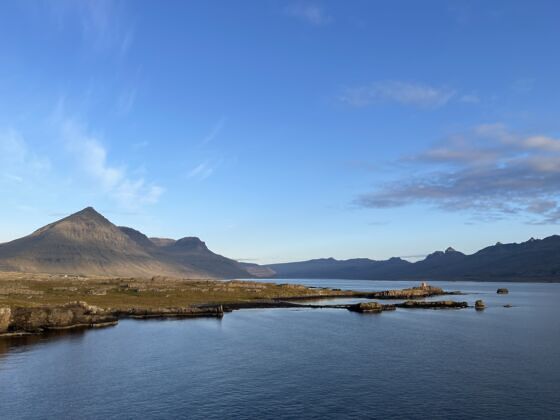

How to Explore Iceland From Its Popular Cruise Ship Ports (Even Without Excursions)
- What to do in Patreksfjörður
- What to do in Sauðárkrókur
- What to do in Húsavík
- What to do in Vopnafjörður
- What to do in Djúpivogur
- What to do in Heimaey
What to do in Patreksfjörður
Cruise ships can’t dock in Patreksfjörður, therefore they anchor a little away and tender boats take passengers back and forth between the ship and the port.
For a day in Patreksfjörður, I recommend wearing hiking boots and carrying a backpack with a towel and a bathing suit.

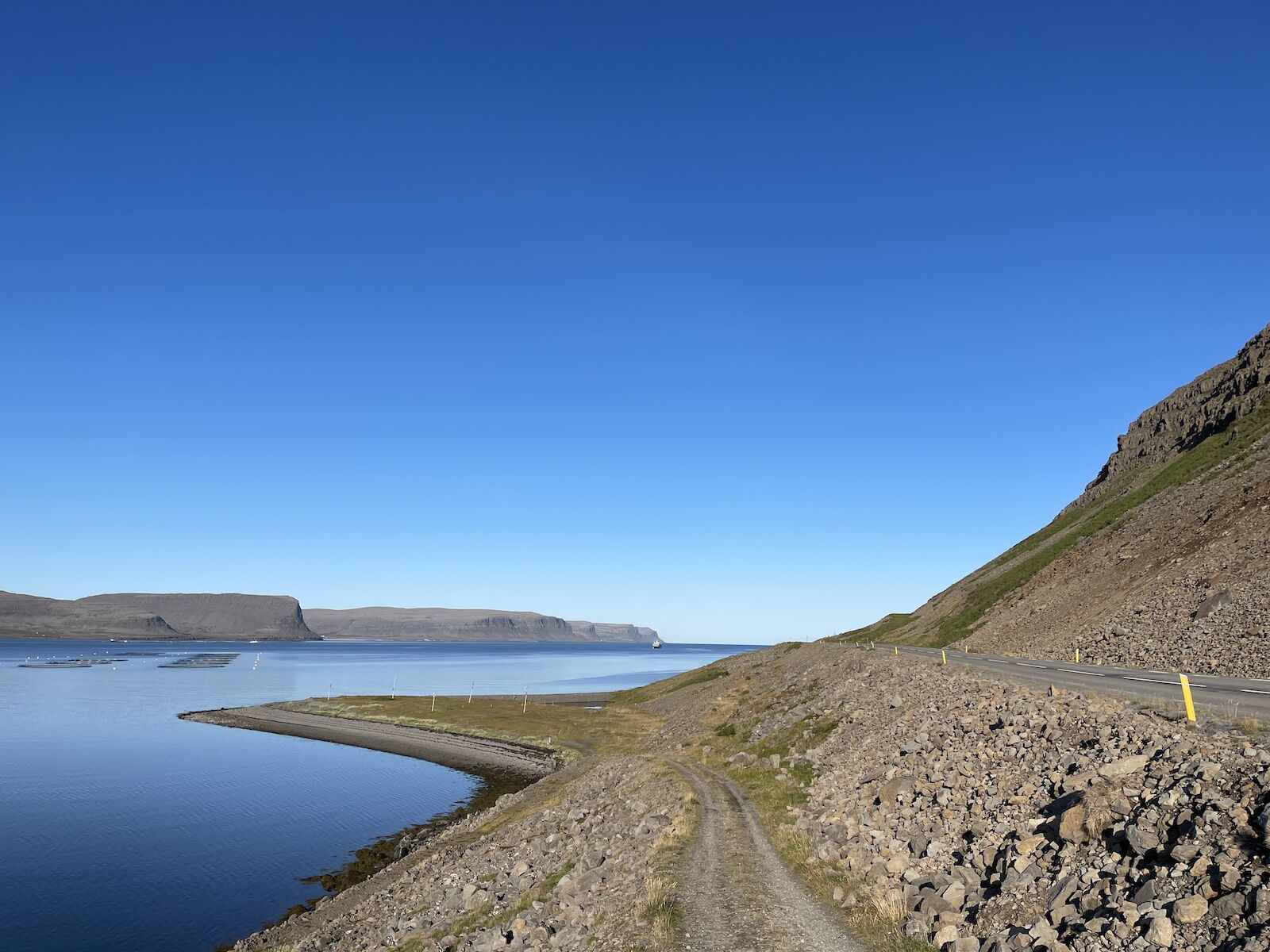
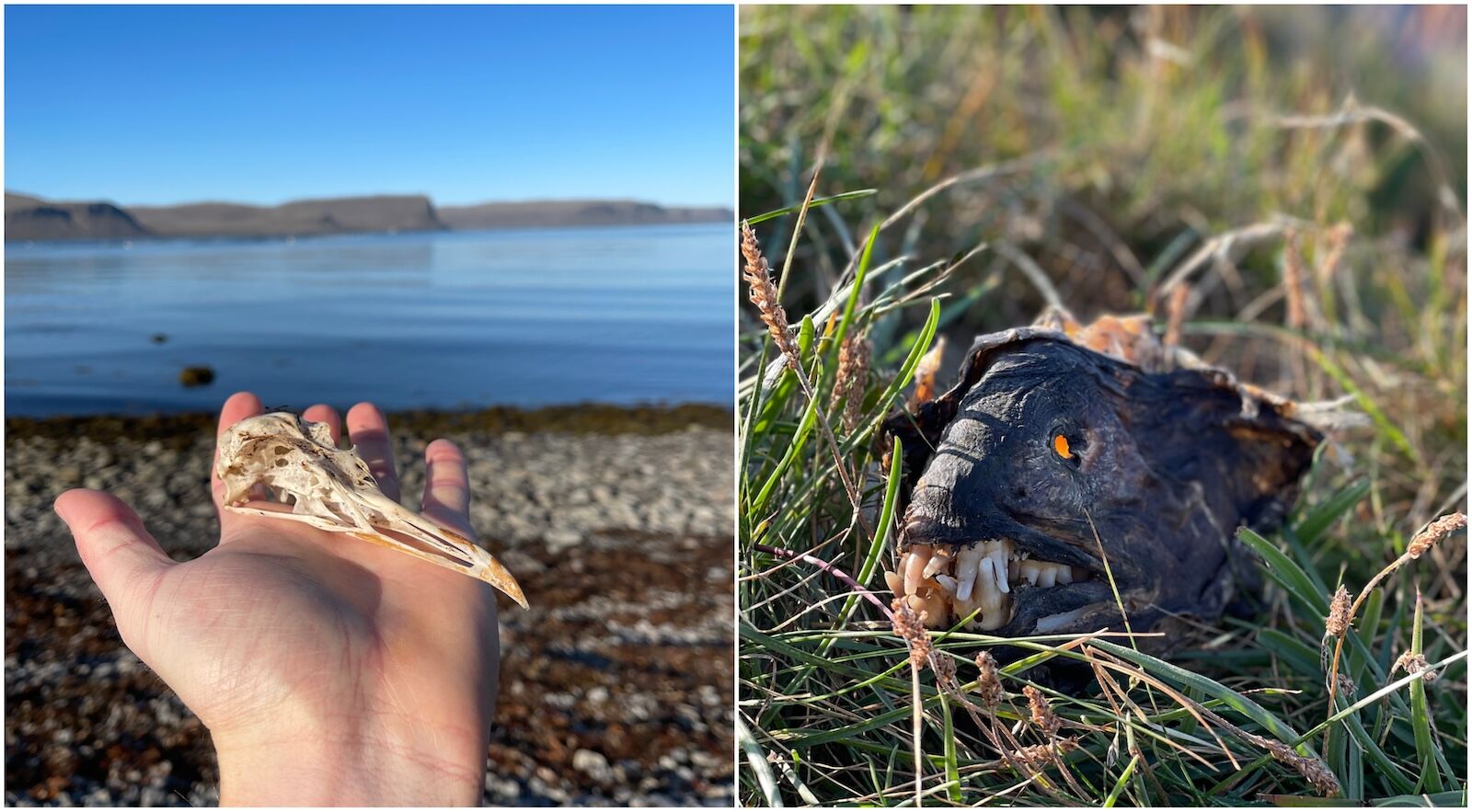
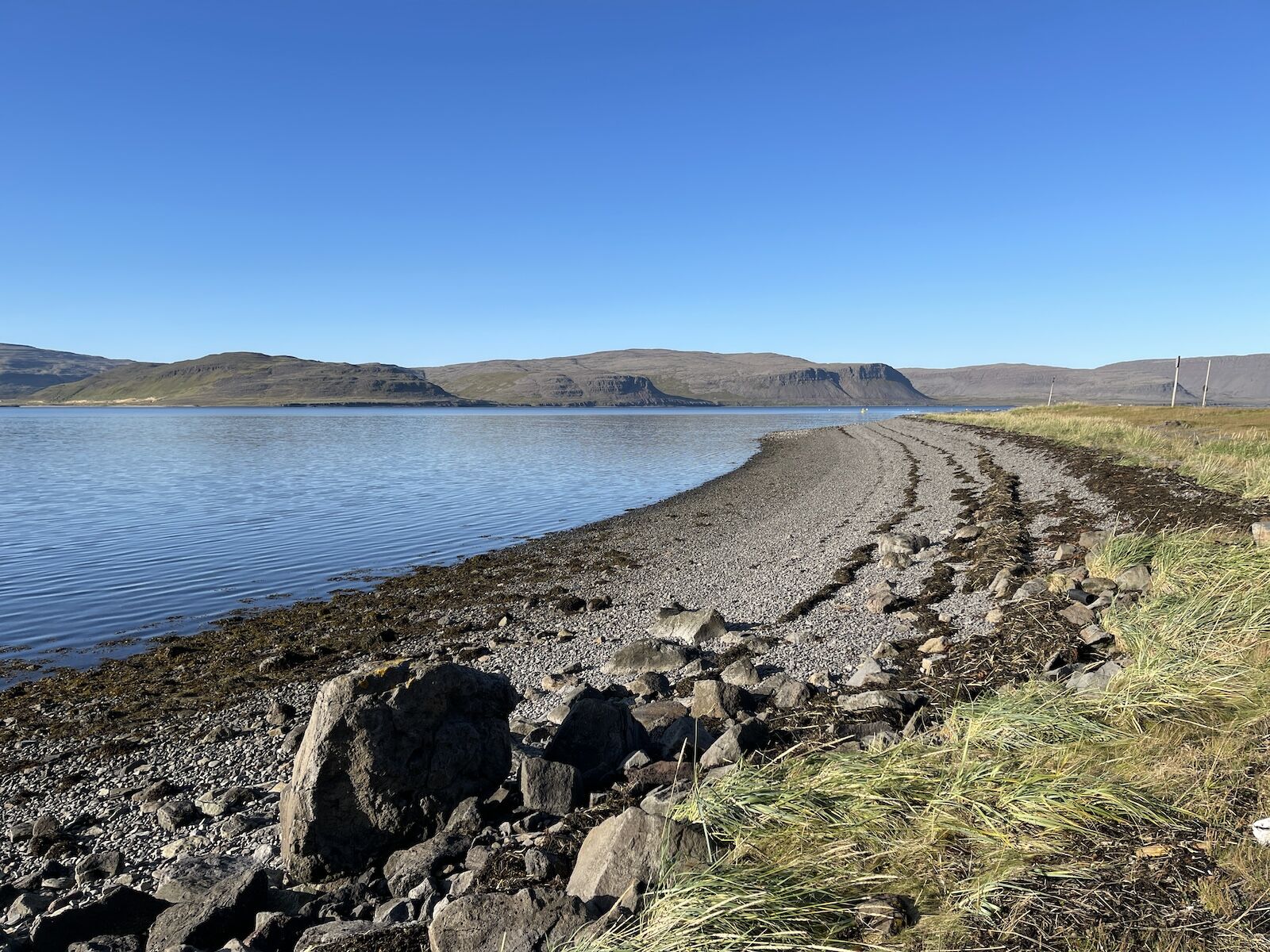
The first thing I did after getting out of the tender boat was to take a walk eastward from the port through town and along the water of the fjord. The road outside of town that follows the coastline is road #62, also known as Barðastrandarvegur, and while it is the main road connecting Patreksfjörður to the south, including Reykjavík, it is nothing like a multi-lane highway and you can easily walk it if you stick to the shoulder. From the shoulder, you can hike down the gentle side of the cliff and reach the water’s edge from where the scenery is breathtaking. I played on the rocky shore and found a multitude of intriguing bird and fish bones before returning to town.
Albína Bakery and Shop, easily found in this tiny town, is a great place to grab a bite, including pizzas, pastries, or have a cup of coffee, if you don’t feel like going back to the ship for lunch.
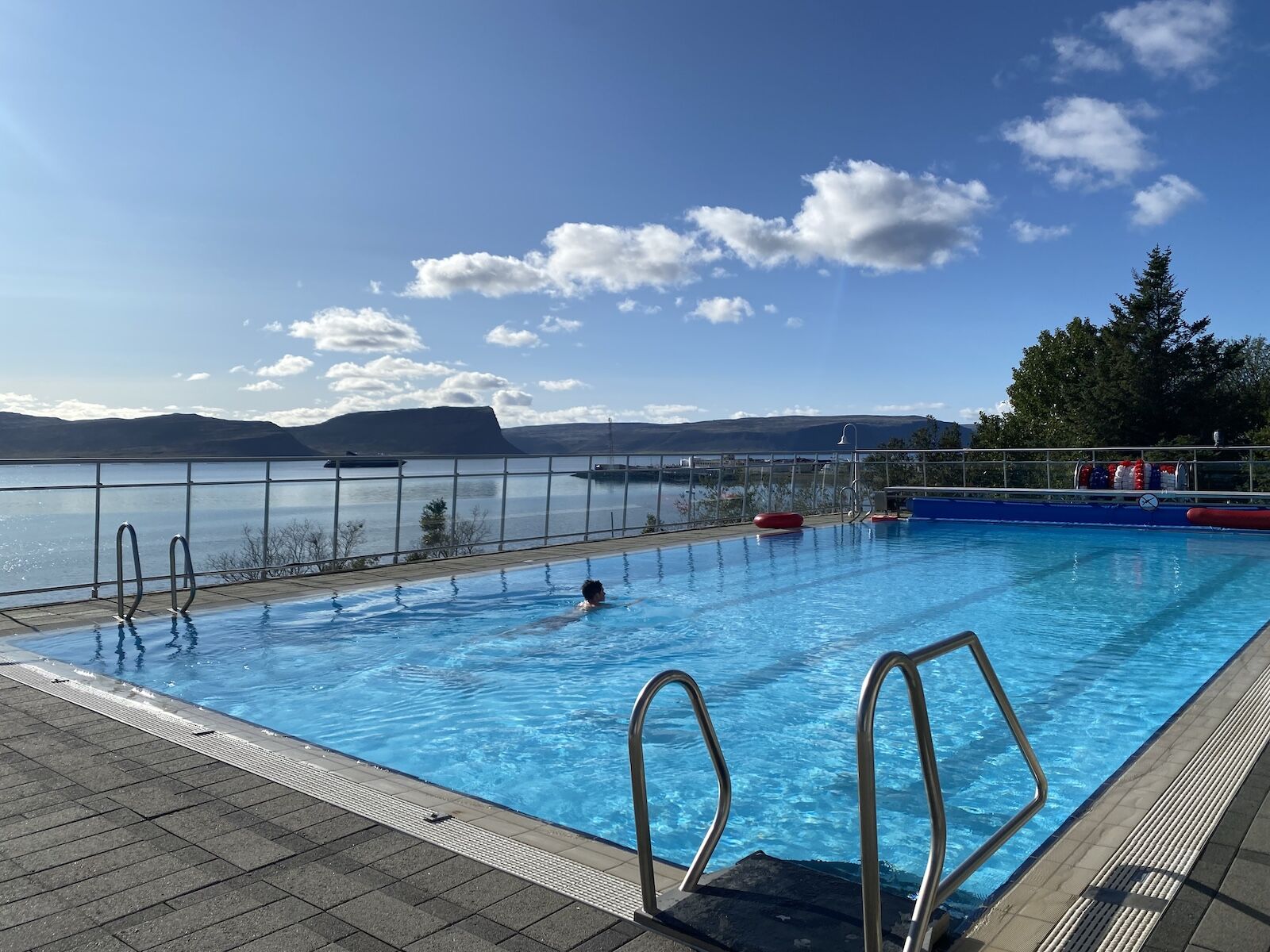
At the pool in Patreksfjordur. Photo: Morgane Croissant
Patreksfjörður’s municipal pool is the highlight of this little town. Located just off the main street, the facility, which is extremely clean and well equipped, includes an elevated terrace with a large heated outdoor pool and two hot tubs of different temperatures. The view of the fjord from the pool and the hot tubs is mesmerizing and well worth the $9.25 (1290 ISK) it’ll cost you. My partner and I were there during a very sunny afternoon and we were the only two people swimming and lounging for the two hours we spent there.

The trash cans in Patreksfjordur are especially pretty. Make sure to take the time to looks at the many memorials in town. Photos: Jesse Adams
While out and about in Patreksfjörður, make sure to take a look at the public trash cans which have been decorated with very Icelandic themes, as well as the many memorials around town, several of which are dedicated to fishermen who perished, and one erected in honor of the people who died in an avalanche in the town in 1983.
What to do in Sauðárkrókur
In Sauðárkrókur, the cruise ship port is the same as the fishing port where FISK-Seafood, one of the largest fisheries companies in Iceland, operates. Walking out out of the port, you’ll see FISK ships being loaded with containers upon containers of haddock that’s been processed right here in town. The town center is a 15-minute walk away from the port, but sensitive travelers should know that it involves passing by a sheep processing plant. Cruise lines usually offer a shuttle service to their passengers.
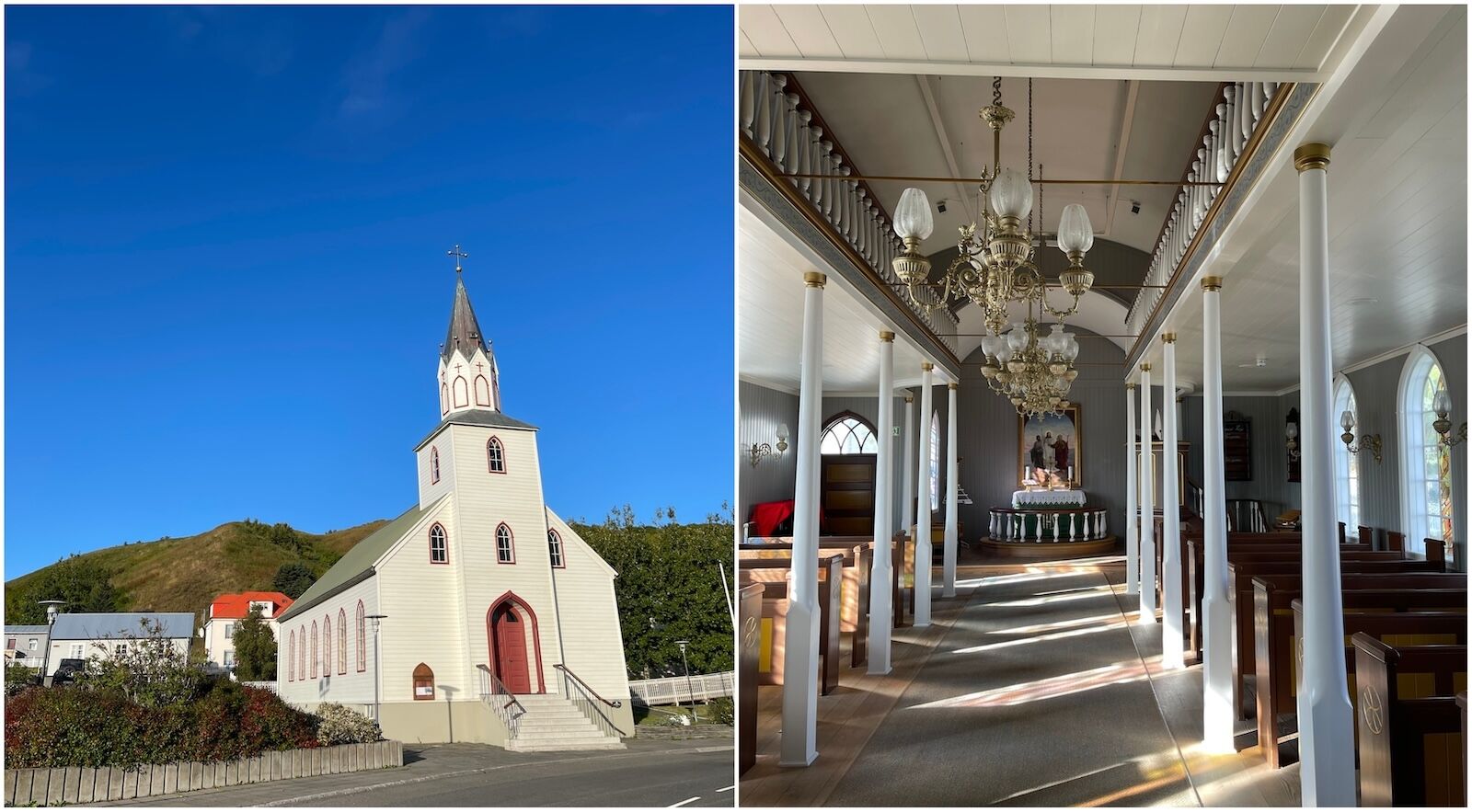
Church in Saudarkrokur. Photo: Jesse Adams
There’s little to do in Sauðárkrókur. There used to be a fish tannery and a puffin museum, but both are now closed. The one museum remaining is 1238 — The Battle of Iceland, a VR experience that immerses visitors into the country’s history. The town’s bakery, famous in these parts, is easily found: There’s a huge standup mixer that acts as a planter on the outside so you can’t miss it. There’s a multitude of appetizing baked goods to choose from and you should fully indulge. The church, located next to the bakery, is worth a stop — Icelandic churches are sparsely decorated but colorful and always welcoming and peaceful. There’s also a charity shop on the main drag where there are Icelandic sweaters for sale for cheap, along with other items.



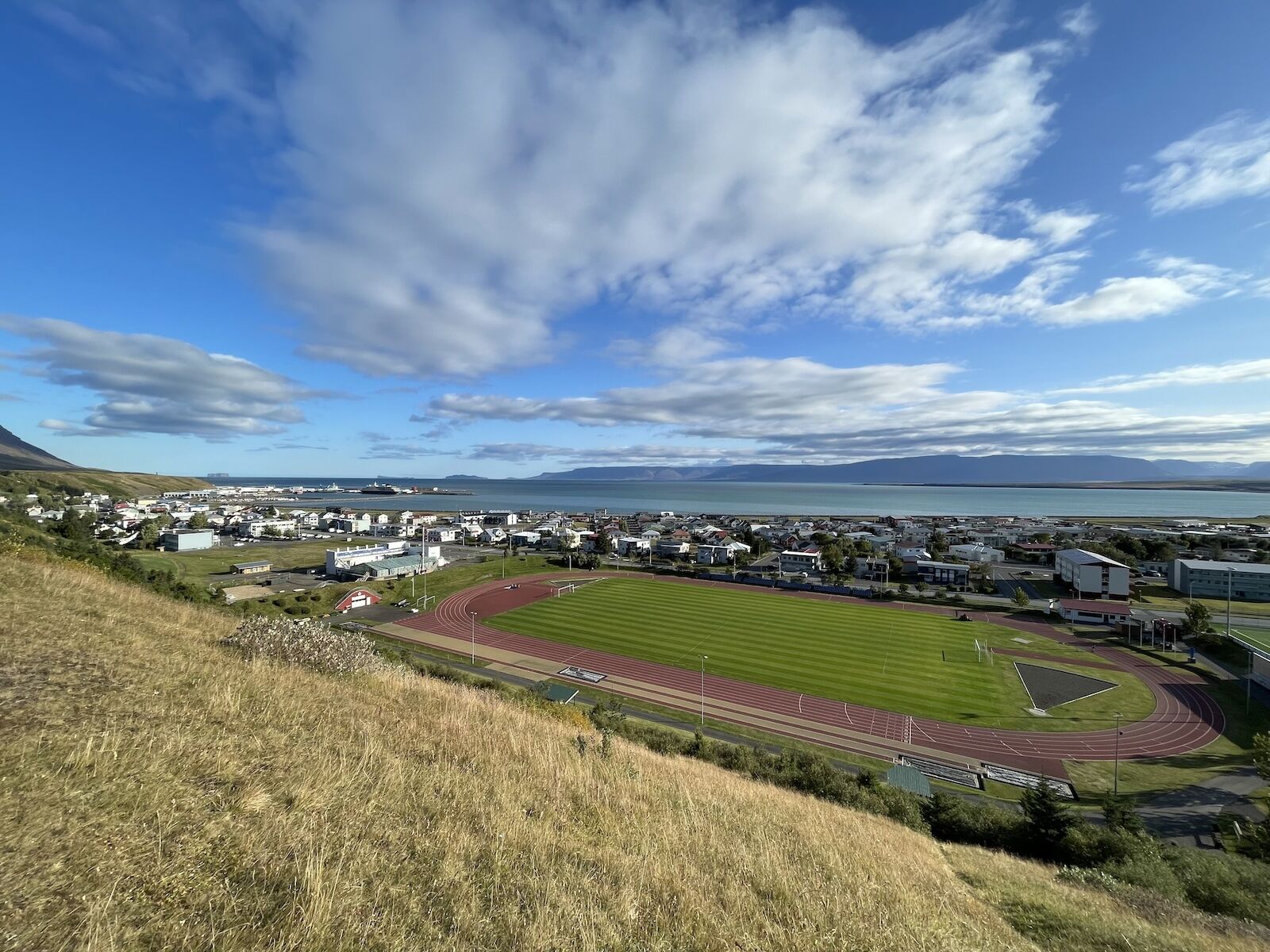
Upon my arrival in Sauðárkrókur, I walked towards the town center. I was keen to visit the bakery and the church but I was too early and both were closed. To kill time before getting some treats, I kept walking up Hlíðarstígur, the street that runs by the church and turns into a trail that goes up to the top of the hill. There, there’s a cemetery open to the public, a compass, a stone memorial, and a dirt path that runs all the way along the hill and allows hikers to see the town and the surrounding landscape from a high vantage point.
If you’re keen to spend the day walking, make your way towards Borgarsandur, the town’s black-sand beach. It’s a 3.5-mile walk from the port (one way), so make sure you plan your day carefully so you’re don’t miss the ship’s departure.
What to do in Húsavík
The small town of Húsavík, the most touristy town on our itinerary, is well known for its many whale-watching opportunities; so much so that it’s nicknamed the Whale Capital of Iceland. Every morning, visitors line up to purchase tickets to whale-watching tours and board boats that look for cetaceans in the beautiful Skjálfandi Bay. It isn’t cheap, but you’re almost guaranteed to see whales.
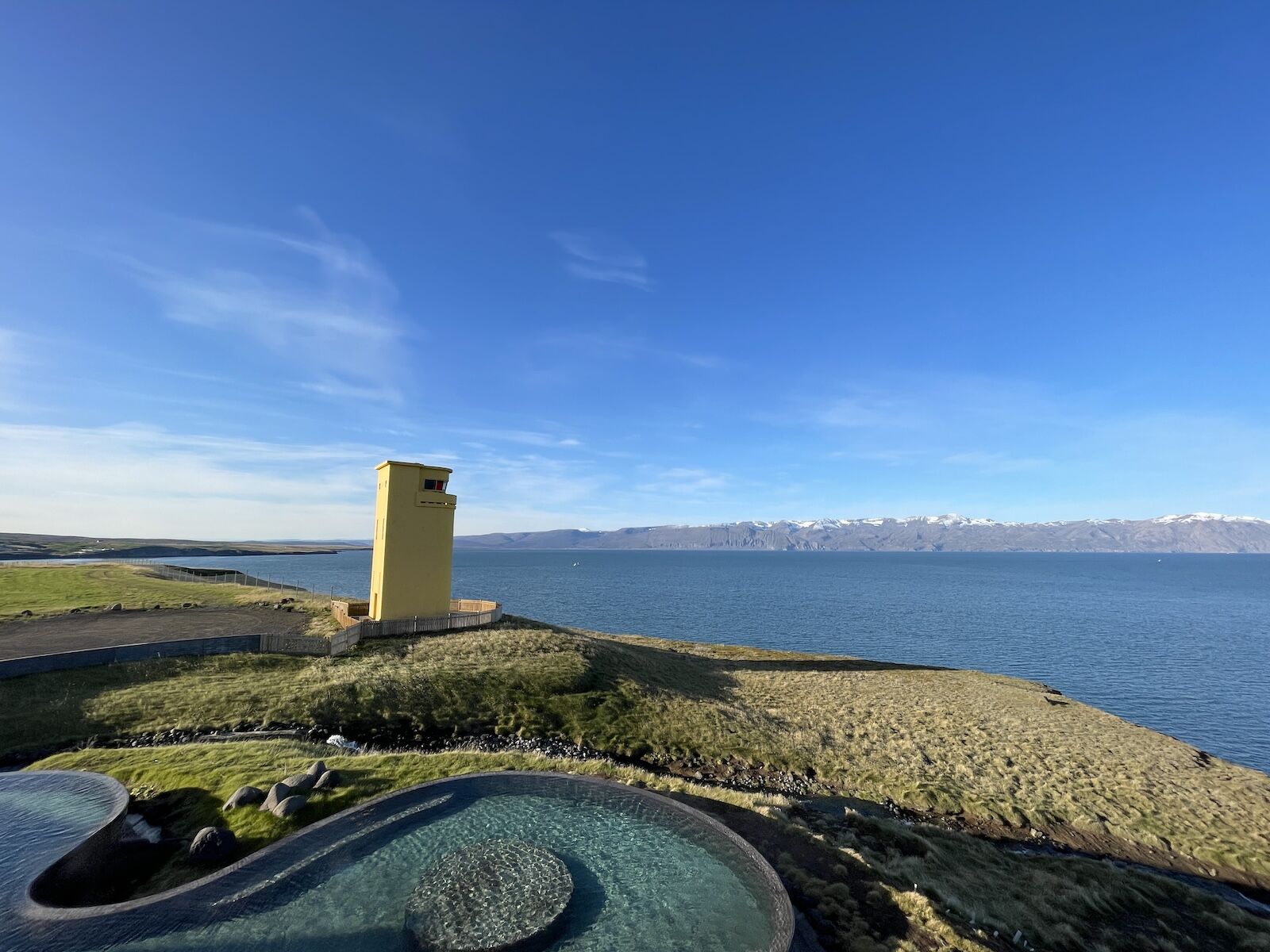

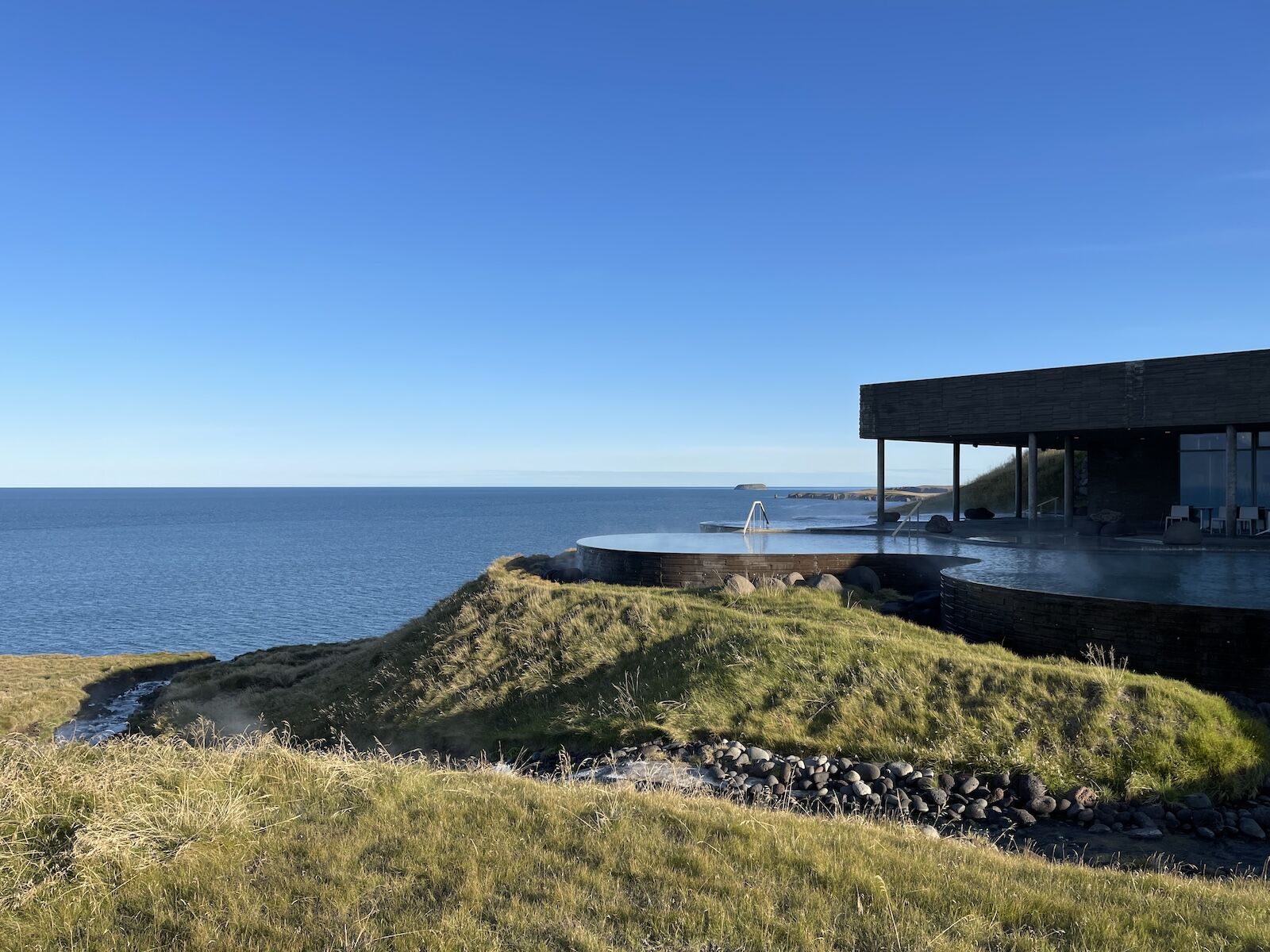

I decided not to book a whale-watching tour and chose to see whales from the shore instead. Upon leaving the cruise port, instead of going to town straight away, I turned left and followed a cliff-top trail that ran high along the bay. The views from the trail were exceptional and with my binoculars I was able to spot whales, as well as the whale-watching boats that crowded them so tourists could get their money’s worth. I walked all the way to the town’s yellow lighthouse and the magnificent Geosea Geothermal Sea Baths which consist of peaceful and luxurious-looking outdoor heated pools on the edge of the cliff. Instead of taking the path from the lighthouse down to the beach, I kept walking further along the trail until it ended at Húsavíkurhöfði Tunnel, a tunnel that links an industrial area to the port.
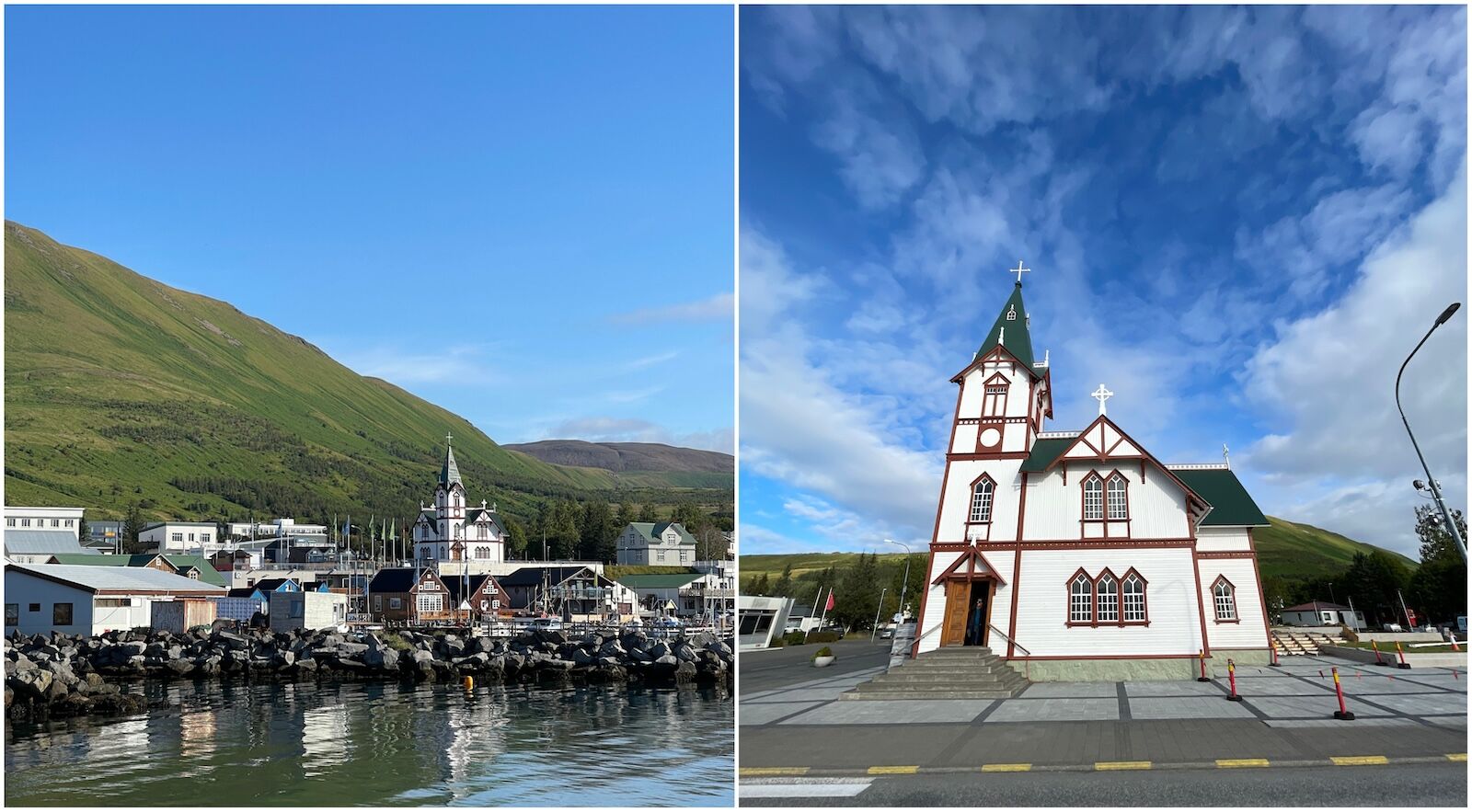
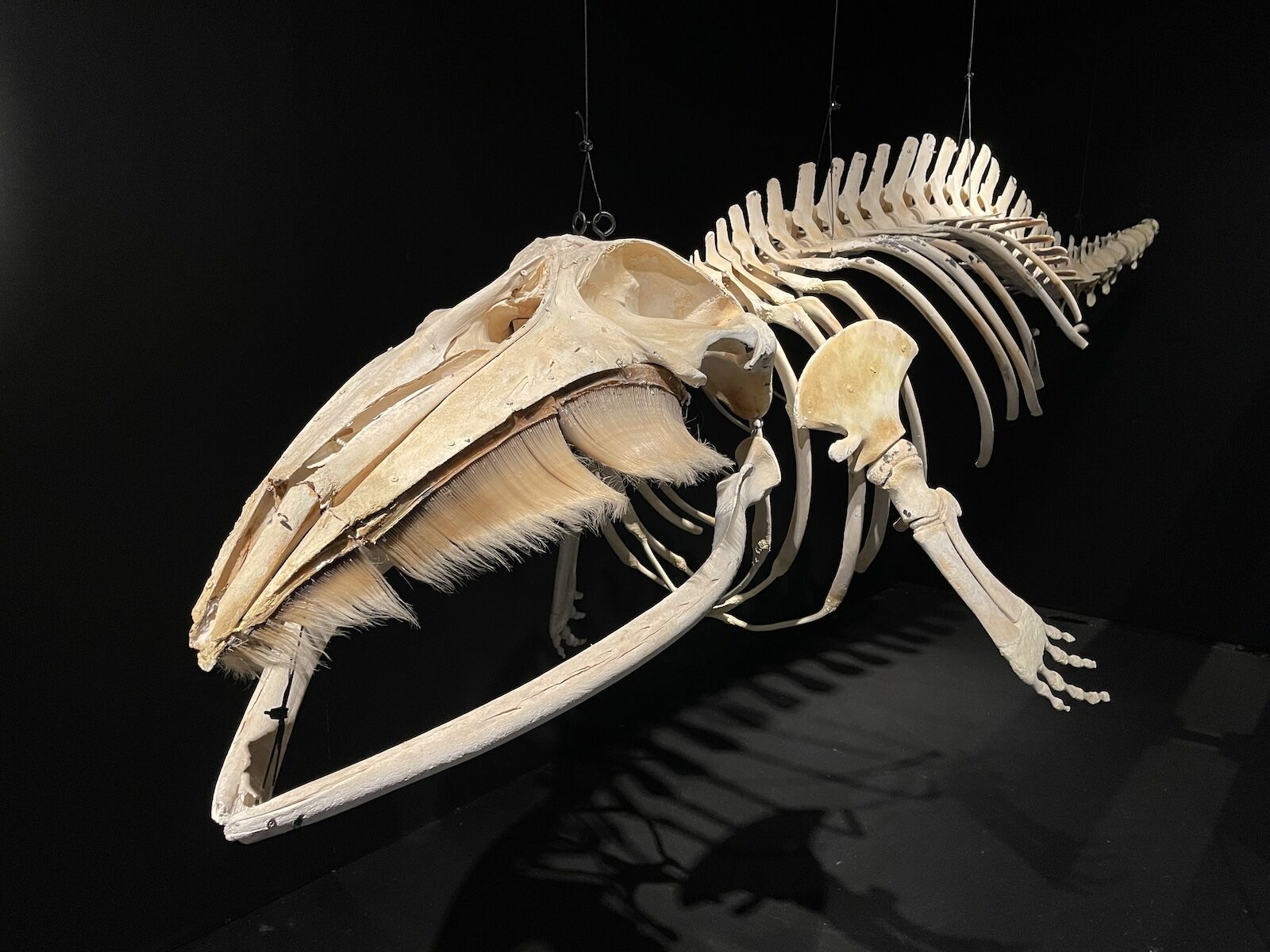
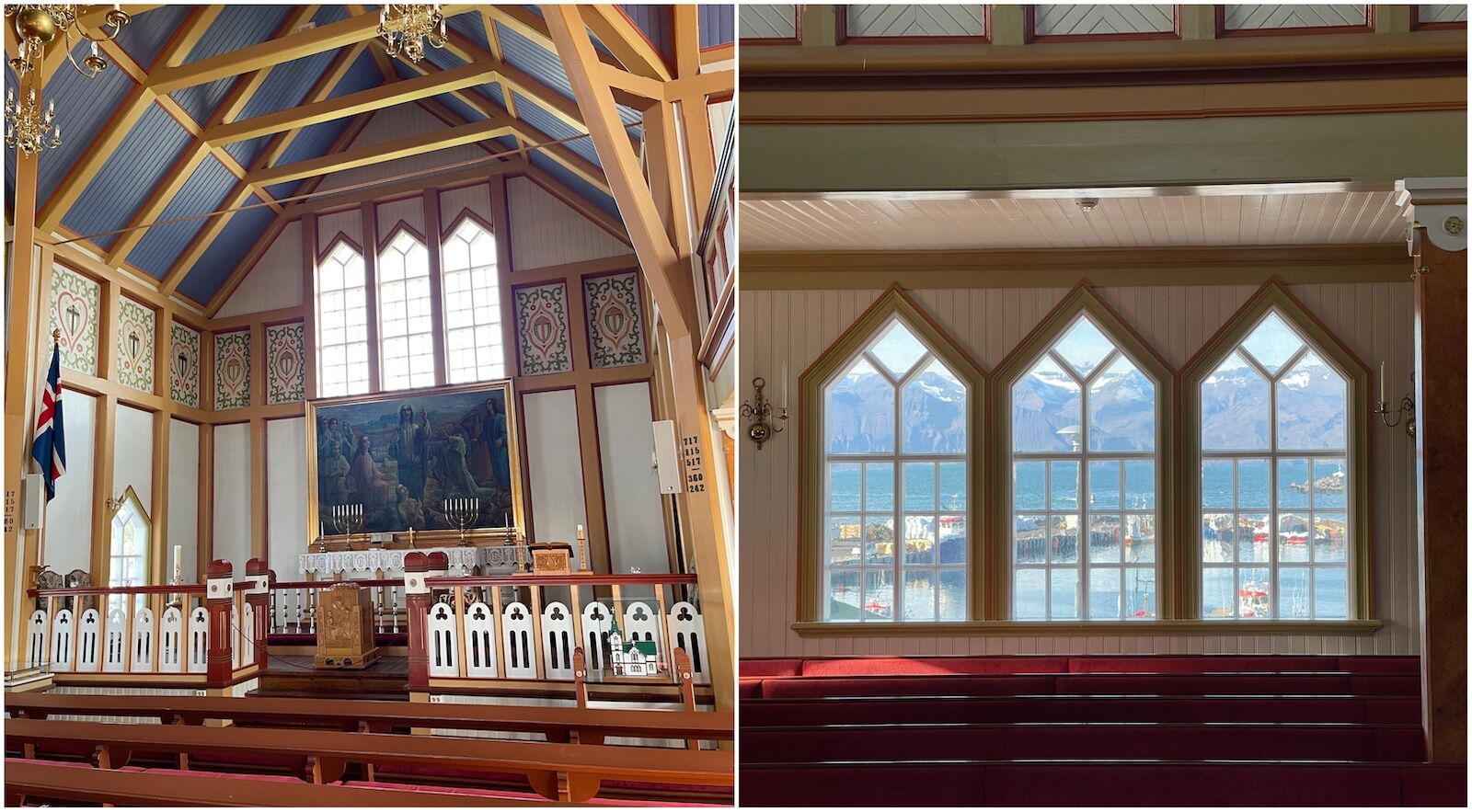
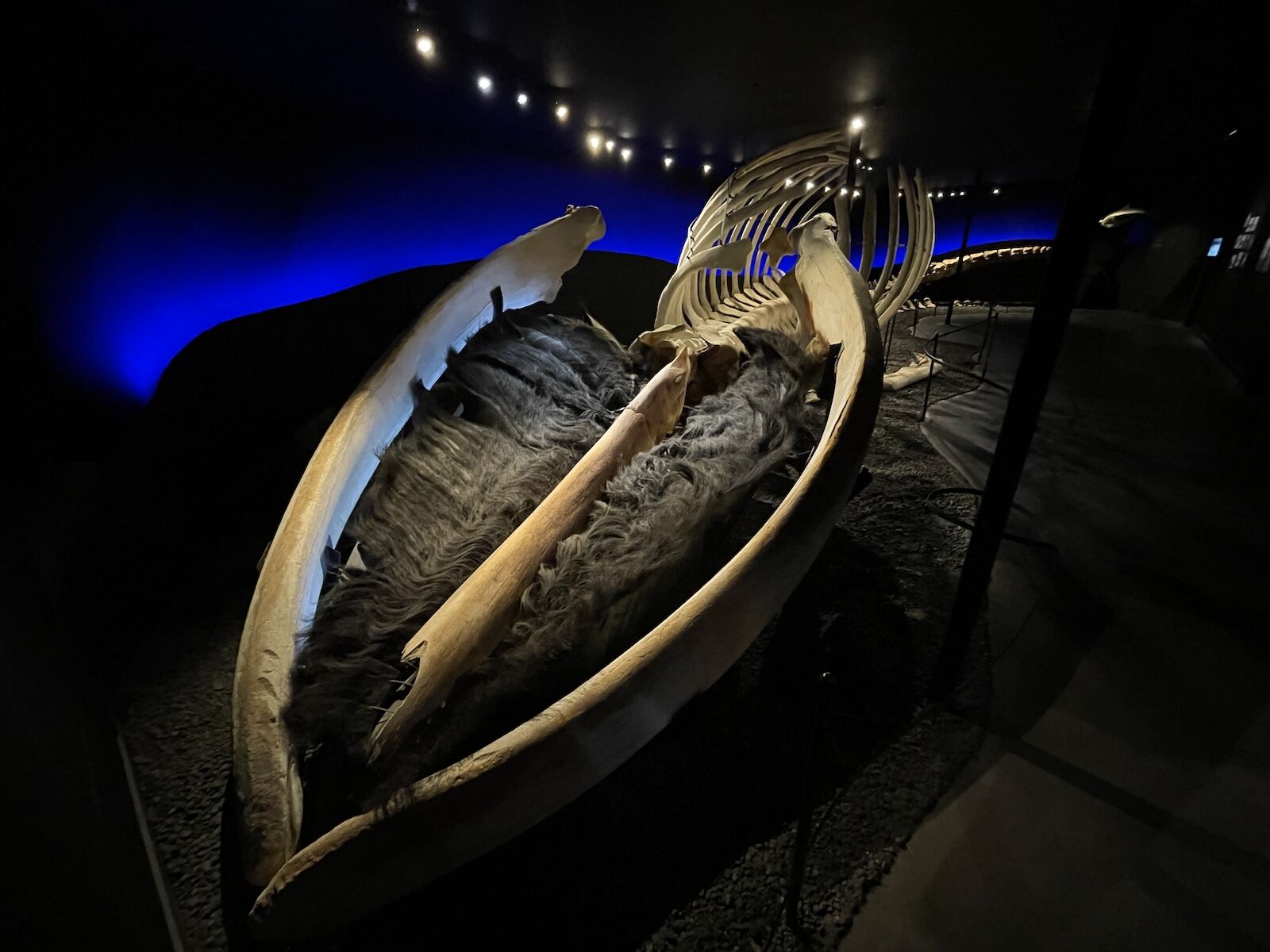
I chose a different path on the way back which led me to the cemetery before reaching town. In the town center, I visited the grand 1907 wooden church and then spent a couple of hours in the impressive and very educational Húsavík Whale Museum, where there are dozens of whale skeletons on display, including that of a blue whale. For a different museum experience, check out the Eurovision Museum, also in town, where there is an exhibit dedicated to the movie Eurovision Song Contest: The Story of Fire Saga set in Húsavík.
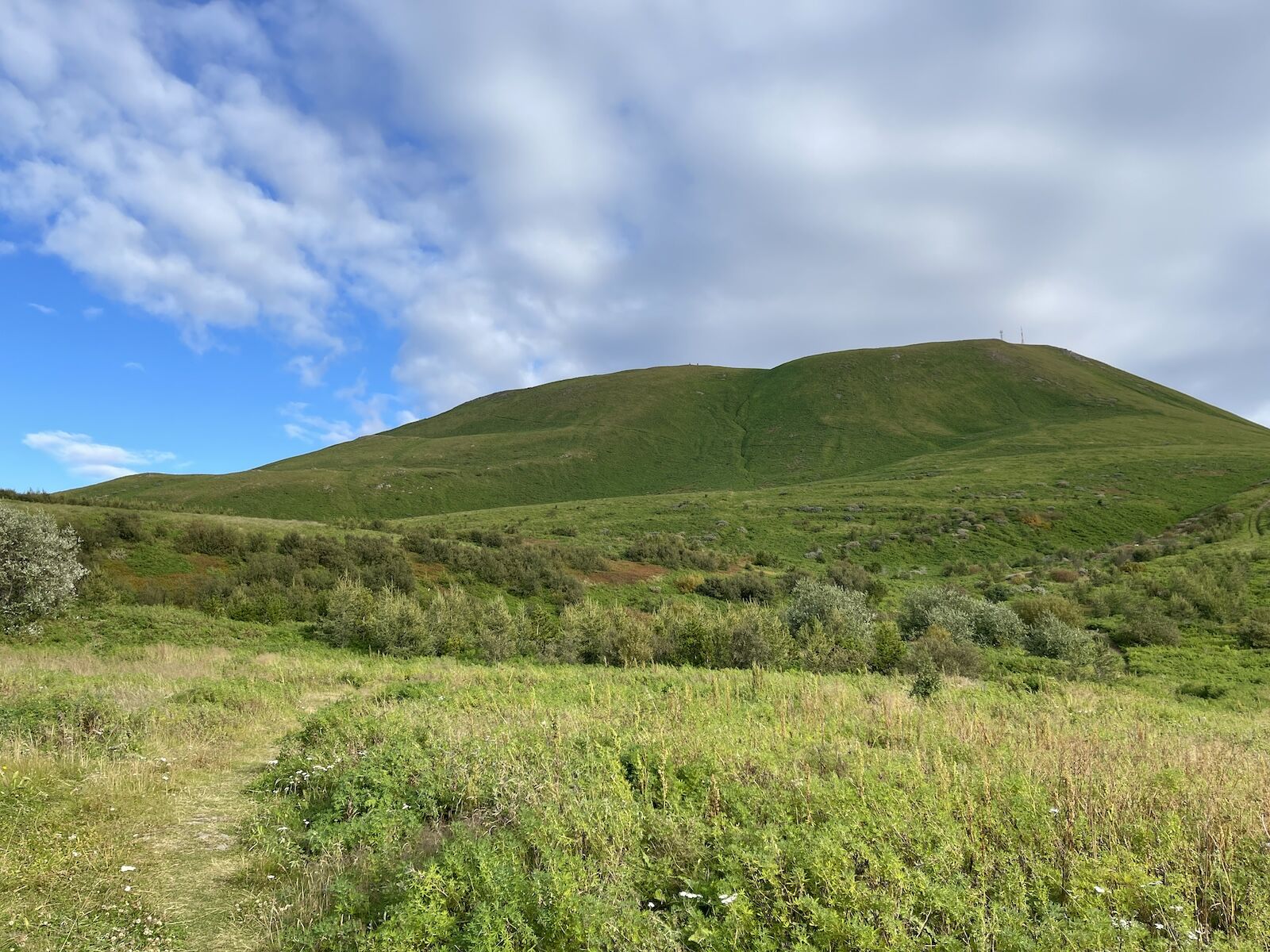
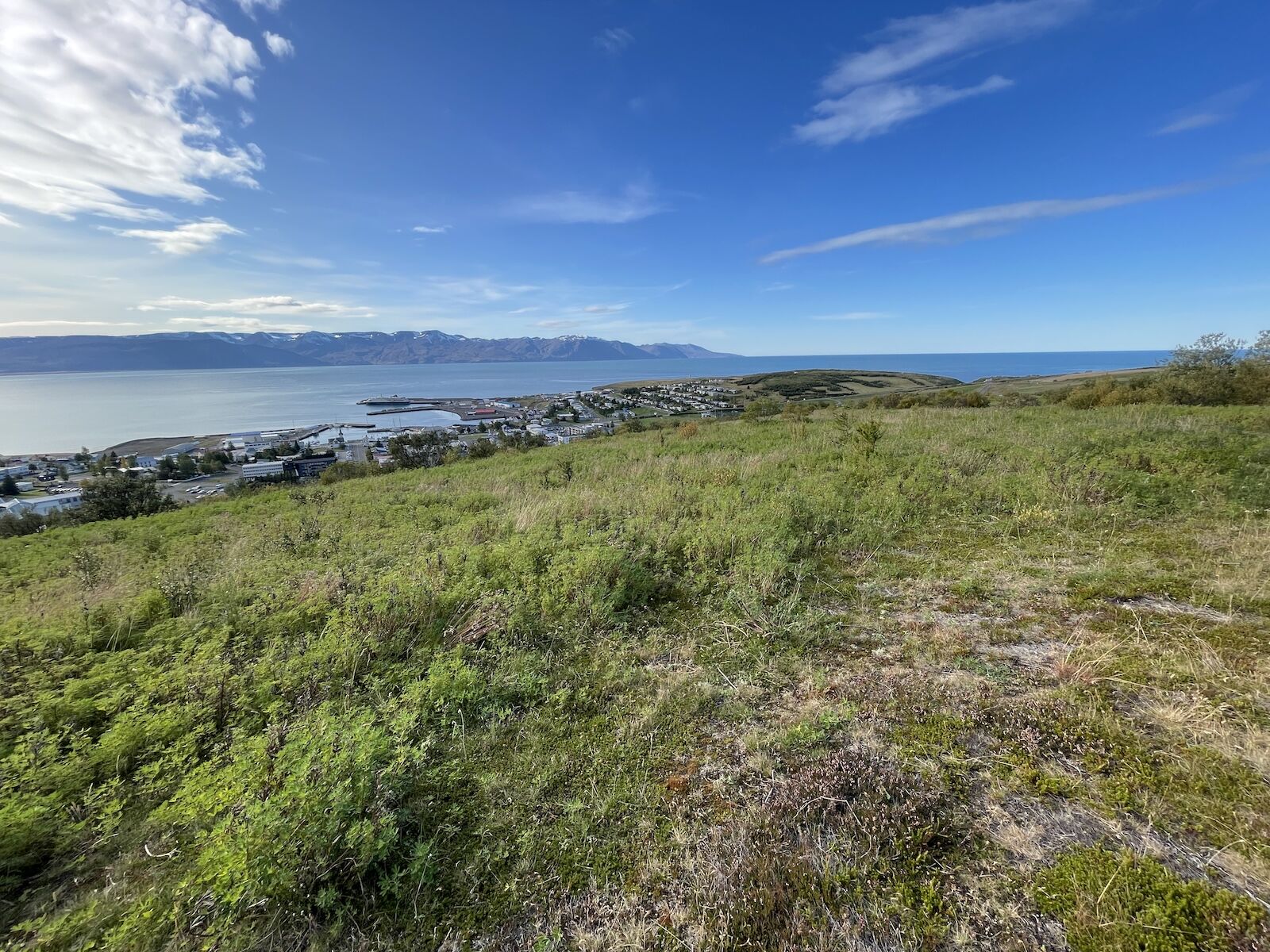
With time to spare after lunch, I partially climbed Húsavík Mountain (Húsavíkurfjall). The hike is gentle and takes a little over one hour (one way) for those who are decently fit. The signage is a little confusing but you should be able to find your way very easily. Don’t rush, however, and take the time to look at the scenery of Skjálfandi Bay while you hike.
What to do in Vopnafjörður
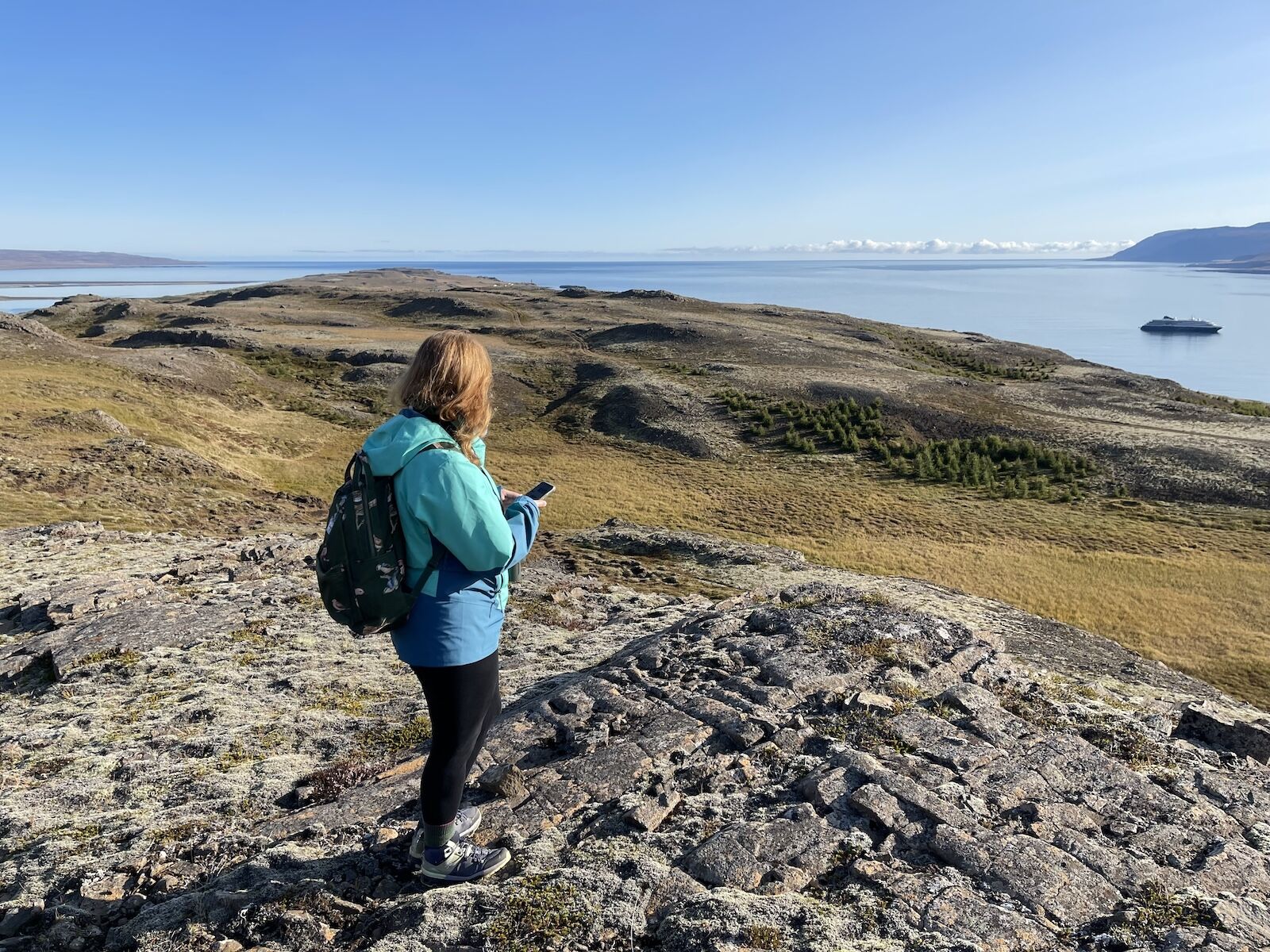
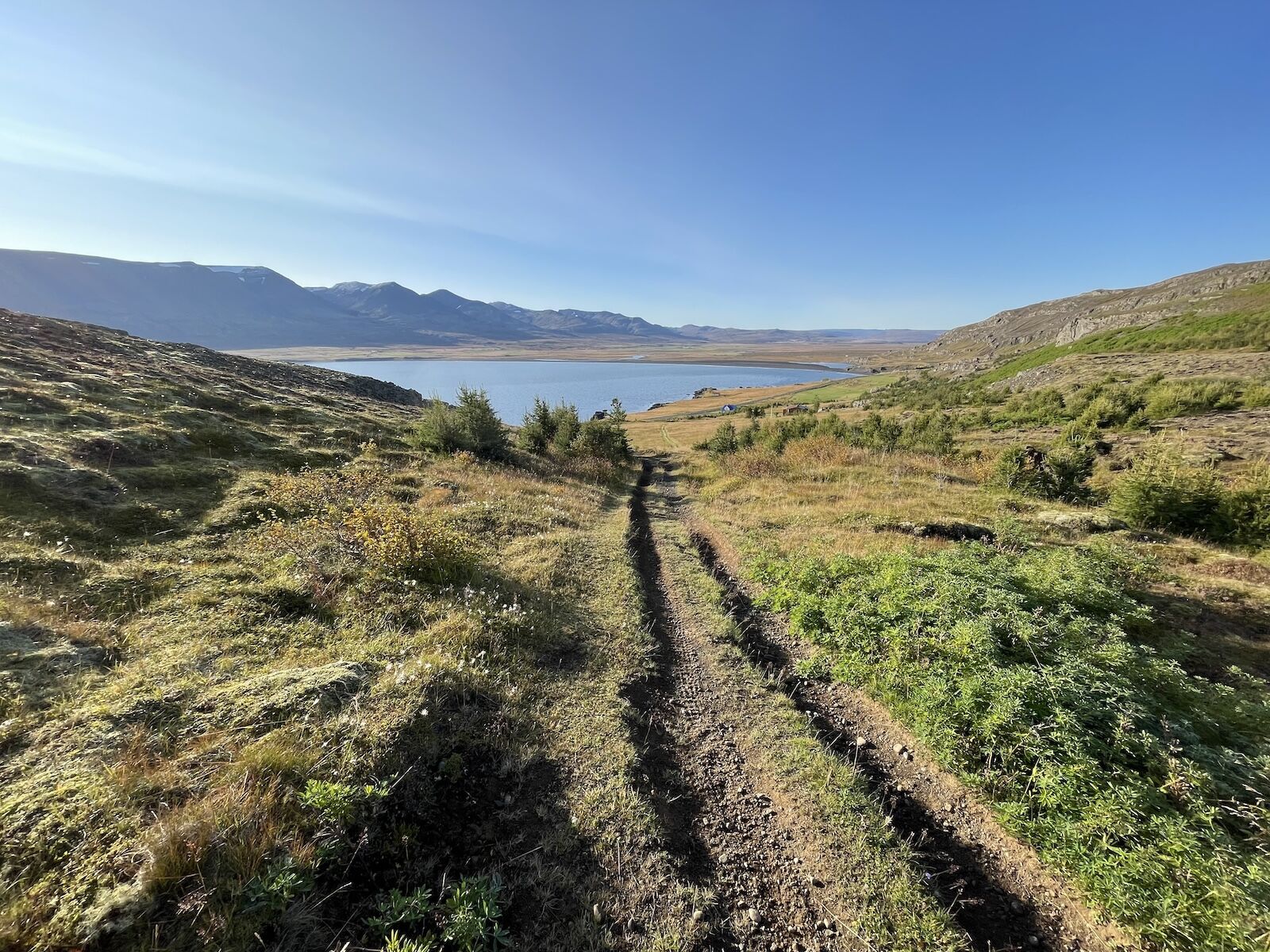
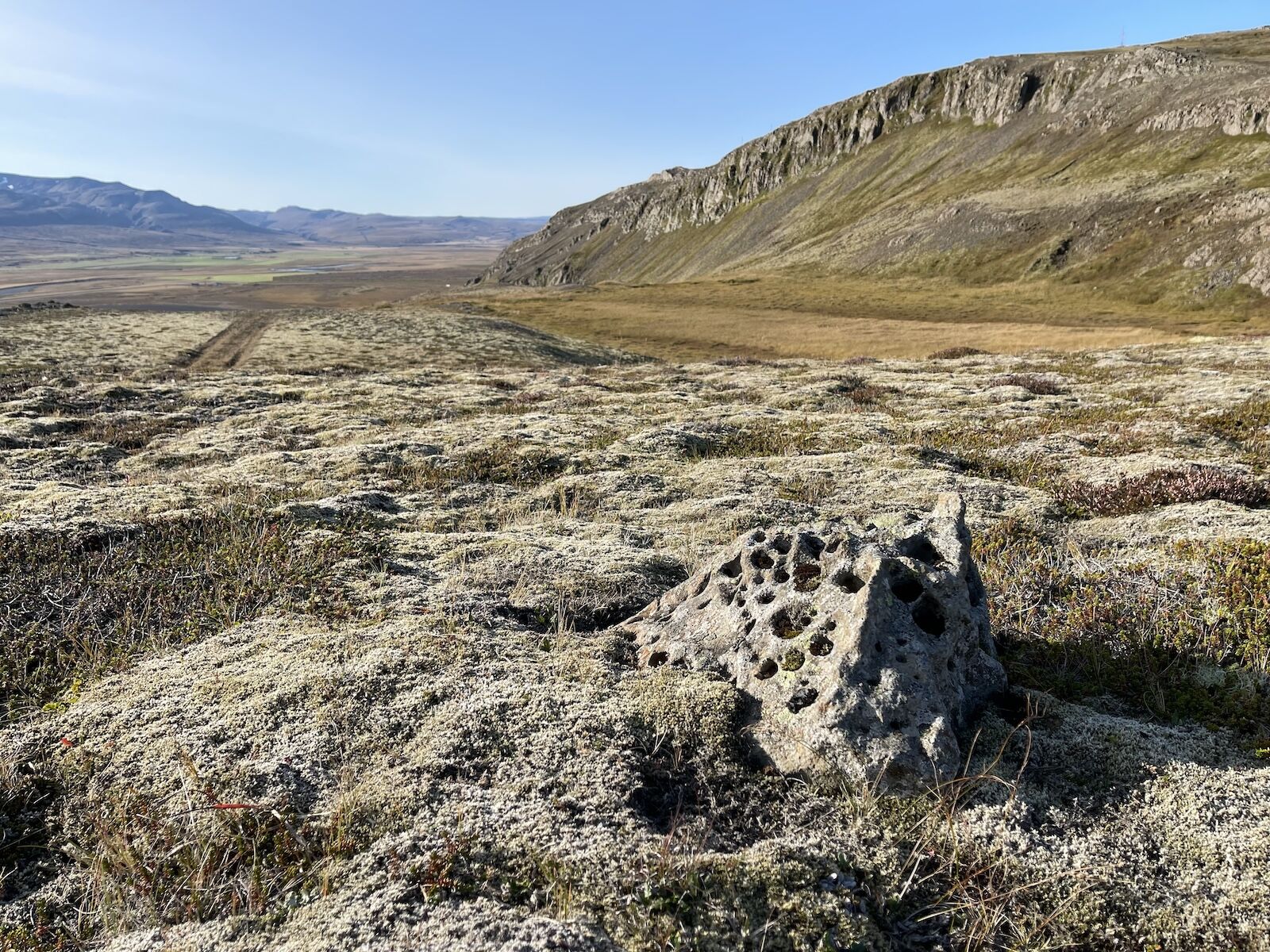

Most of my time in Vopnafjörður was spent hiking. Finding a trail was extremely easy: All I did was walk westward for about 15 minutes from the port, through town, and up Hamrahlíð, the street that leads to the fire station. Just before the fire station is the trailhead which is indicated by a small sign. I had no idea where it would lead but I had plenty of time and followed the path for a few hours, observing birds and small rodents, finding an awful lot of animal bones and owl pellets, enjoying the scenery, and generally getting a large bowl of fresh air. The hike finally took me all the way to the top of the mountain that dominates the town and where the phone tower is located. The vista of the fjord from the top was extraordinary and included an aerial view of the airport which is located at the end of a pristine black-sand beach. My partner and I had the entire trail and mountaintop to ourselves for the nearly four hours we were there. While the hike is an easy one, a good pair of hiking boots is recommended. Of course, don’t forget your rain jacket and your binoculars — you never know what you’ll run into.


After the hike, I spent some time in town visiting the local church: Vopnafjarðarkirkja. Built in 1903, this wooden church is charming with a welcoming gate, a lovely pattern of stars on the ceiling above the altar, and a tiny organ room only accessible by a very steep staircase.

Testing out Vopnafjordur’s jumping pillow. Photo: Morgane Croissant
After lunch on the ship, I explored the area closer to the port. There’s a large cemetery that’s open to the public, as well as a fish drying hut, on the way to the inaccessible, but very cool looking, lighthouse (it’s on private property.) While wandering around the nearby trails above the schools, I found a kids’ playground and got to test a jumping pillow, an inflated play surface on which you can bounce that is found in every single town in Iceland — even the smallest and most remote ones. There were no kids around and I fully enjoyed acting like a child for 10 minutes. While wandering back into town, I also found a wool and clothing shop that sold affordable mittens made with Icelandic sheep wool and decorated with puffins.
What to do in Djúpivogur
Being an artsy little town with lots of public art and galleries, Djúpivogur appeals to tourists, especially those who road trip along the Ring Road. As a consequence, the center of town is a little bit busier than in the other small towns on this itinerary.
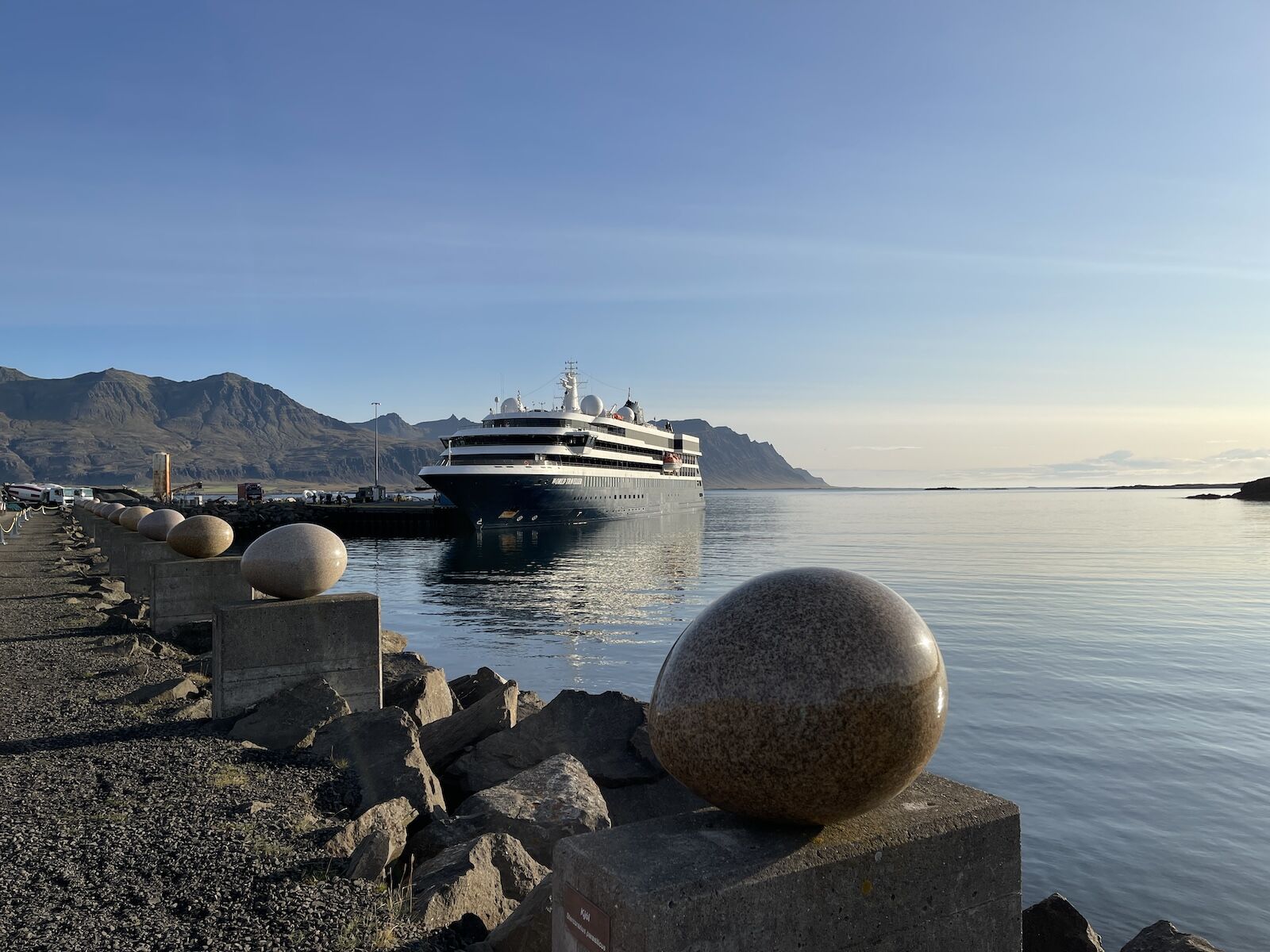
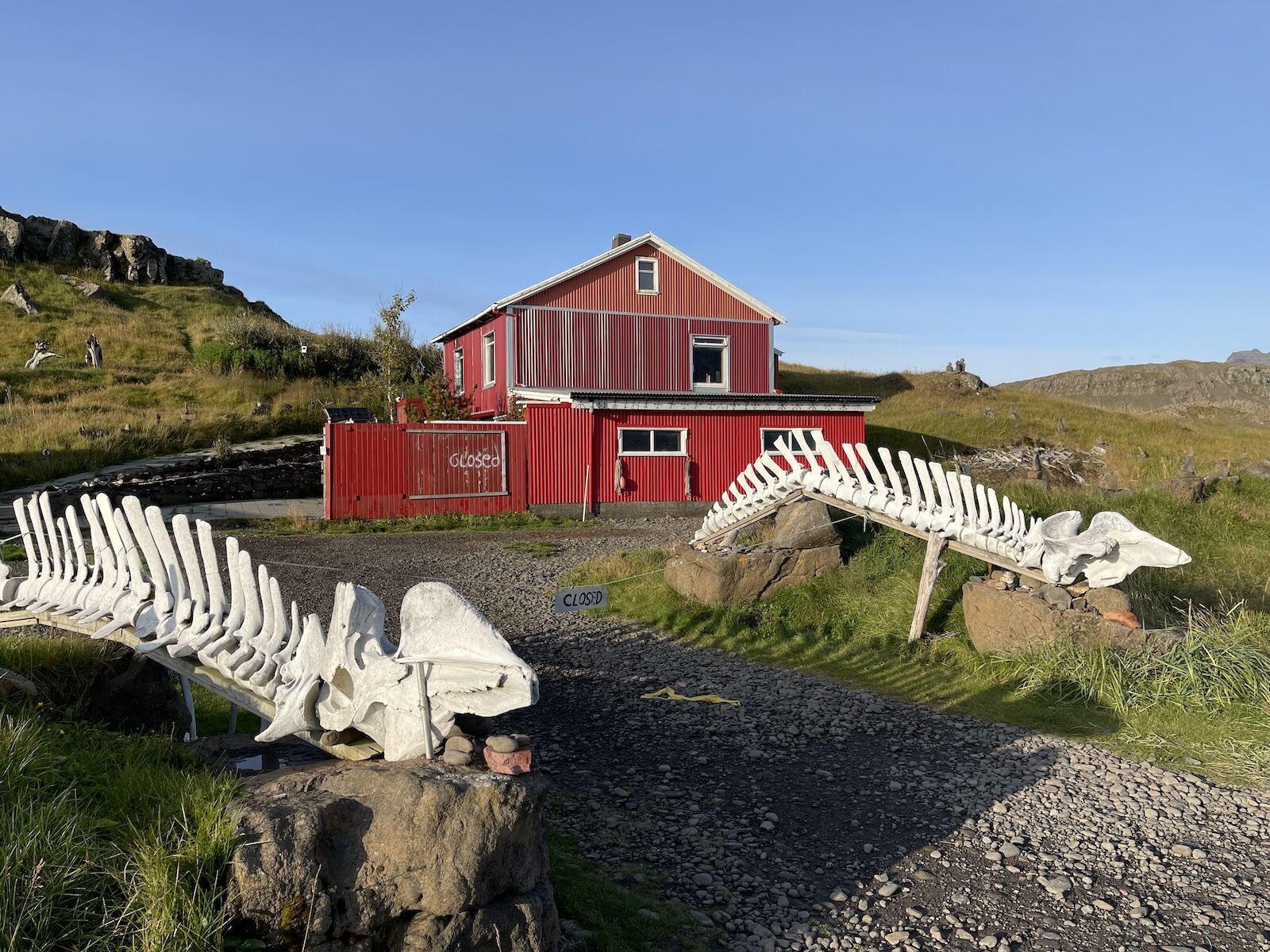
Just outside the cruise port is one of the most famous art pieces in the country: Sigurð Guðmundsson’s Eggin í Gleðivík (The Eggs of Merry Bay), a display of 34 different sculpted eggs that represent the species of birds that nest in the area. Take a picture with the eggs, it’s almost a tradition for those who visit the town.
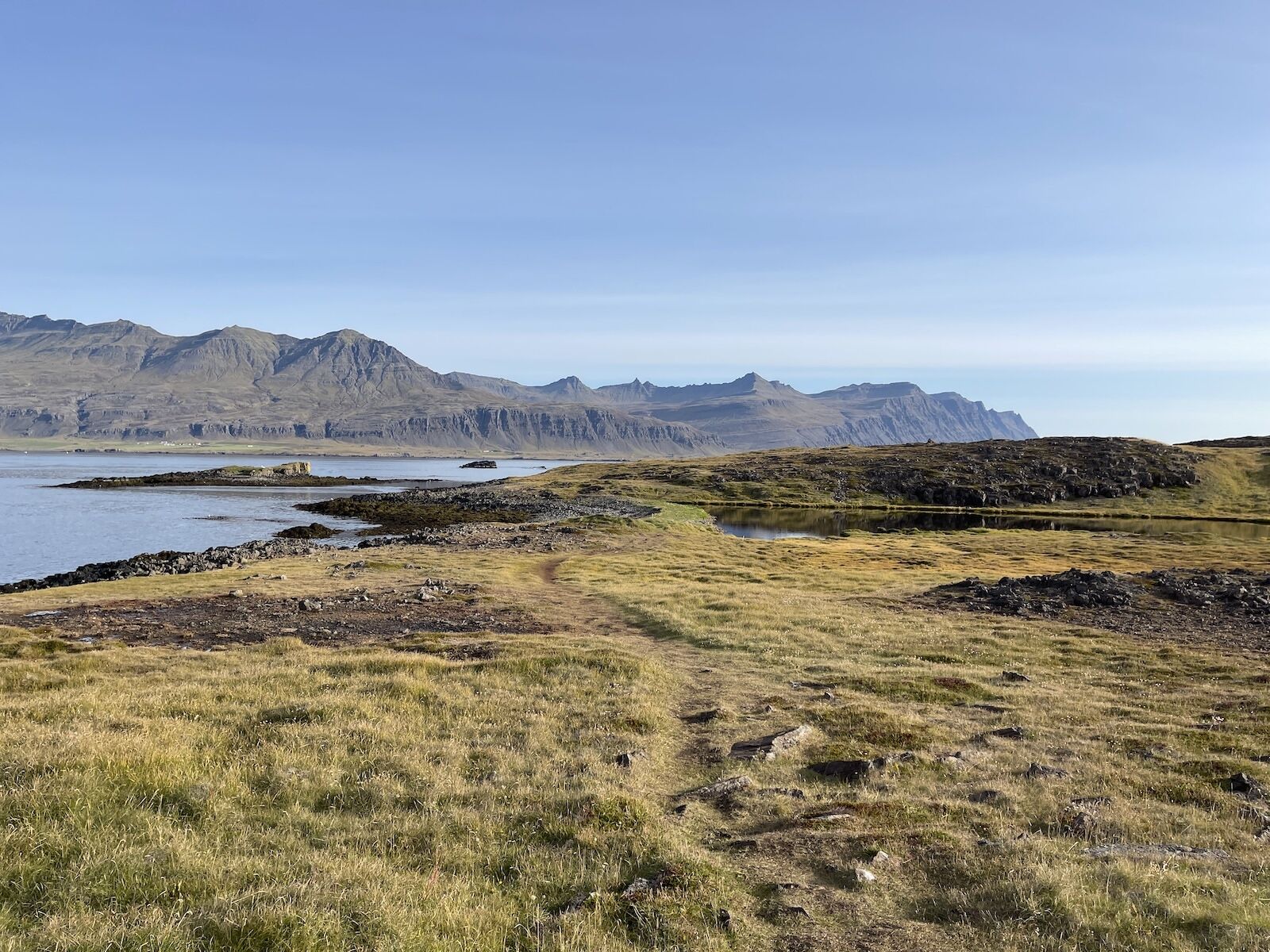
Photo: Jesse Adams
While I did take the time to look at all 34 eggs and pose with some, most of the galleries in town were closed for the rest of the year when I was there so I opted to hike instead. Beyond the marina (not the cruise port) is the start of a bird and wildlife trail that took me through wetlands and pebbled beaches for a couple of hours. I got to see seals sunbathing on rocky islands just a few feet away from me, and I didn’t run into a single other human being. The trail takes various directions, and you can even go all the way to the bird sanctuary, which is also the airport, from there.
Just 10 minutes outside of the city center of Djúpivogur, towards a more residential area is Rakkaberg, a sharp rock formation known as an Elf Church. It’s nothing to write home about, but it’s still interesting to see that in the past, in Iceland, unusual natural elements that couldn’t be explained were attributed to elves. Also, there is a playground on the way to Rakkaberg and you should never resist the appeal of a jumping pillow.
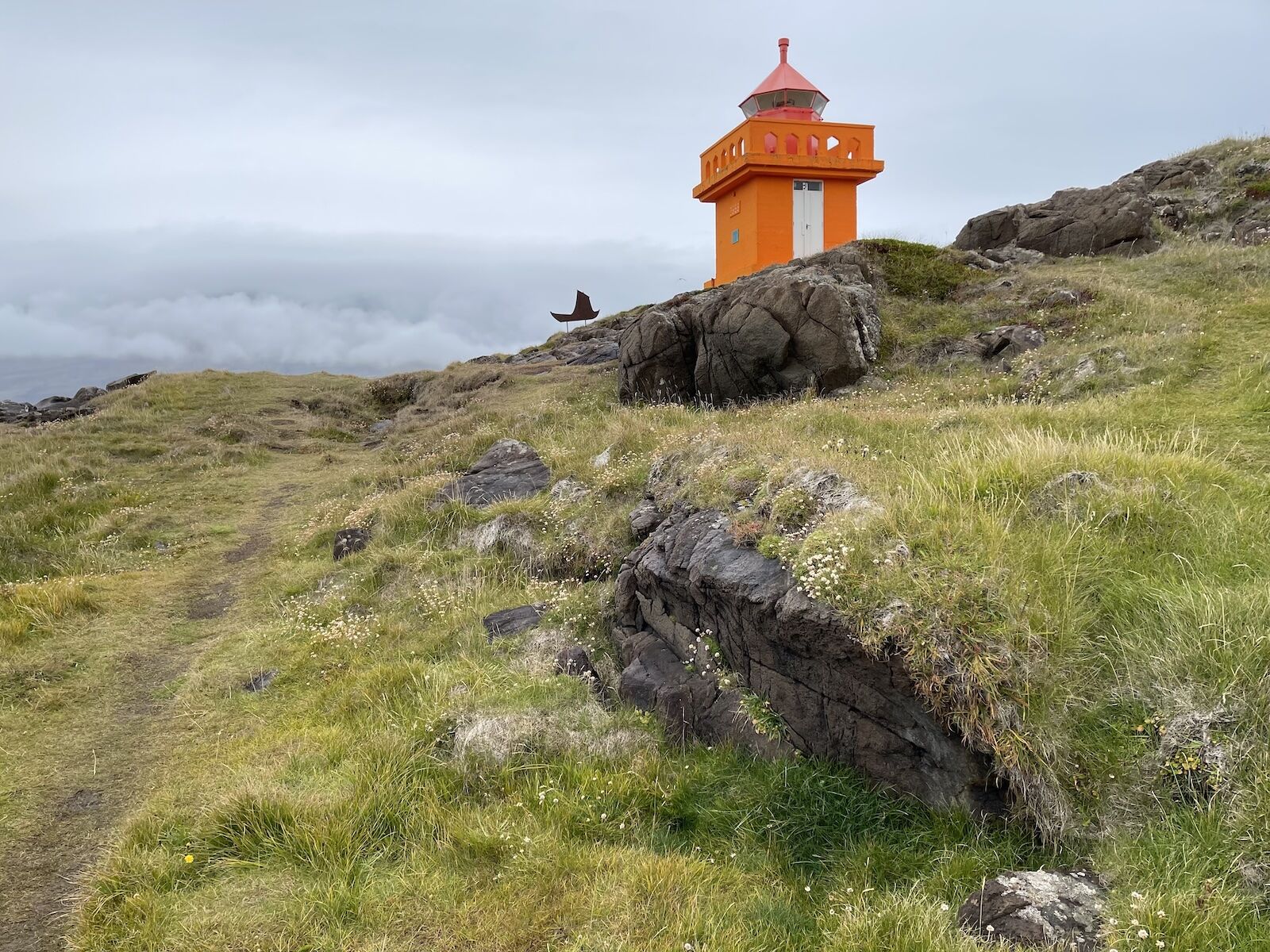
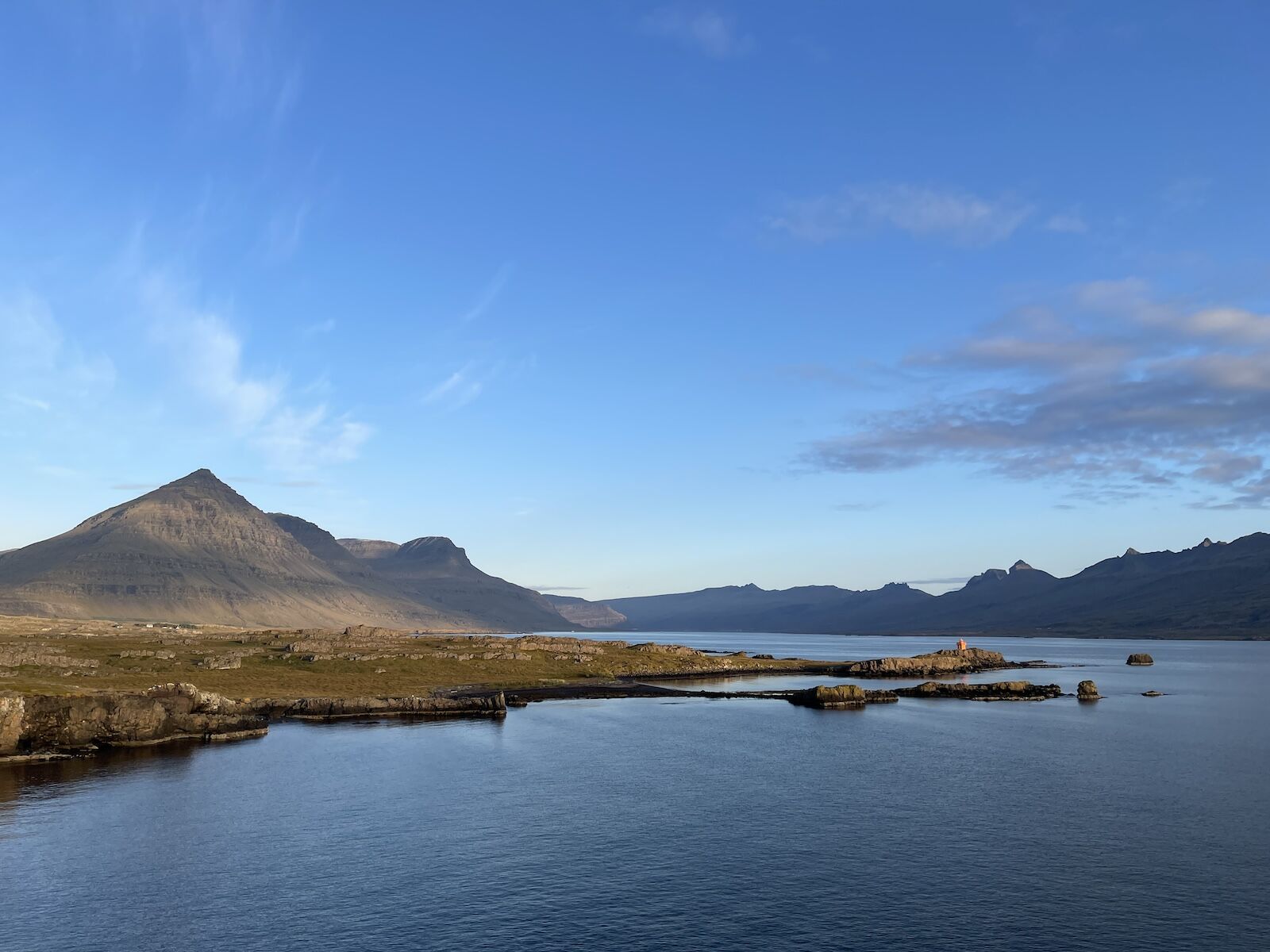
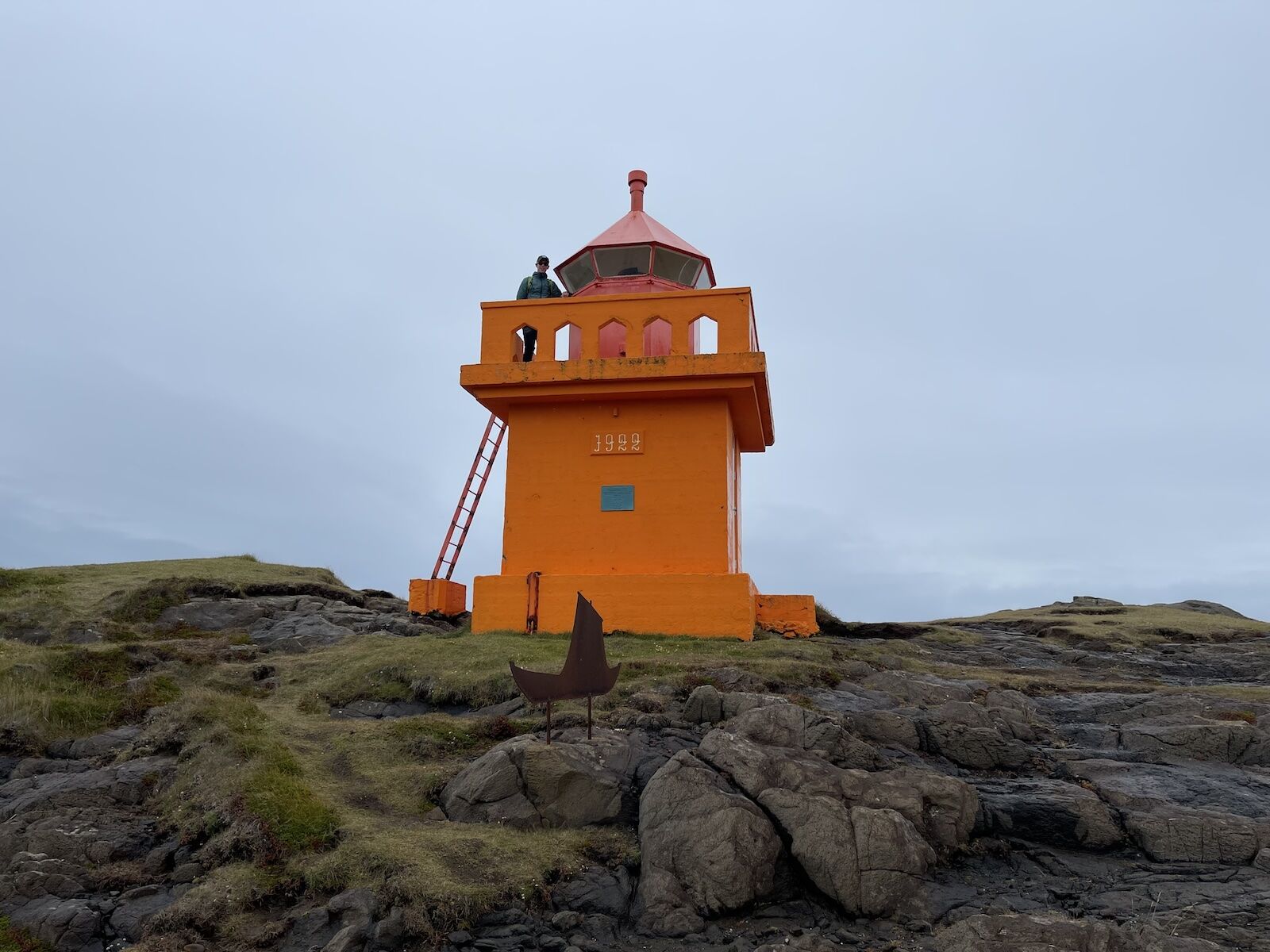
Near the cruise port is a trail to access the town’s beautiful orange lighthouse. Waterproof hiking boots and appropriate clothing are needed to tackle the muddy, wet terrain. The going is a bit tough when the ground is sodden, but climbing the ladder to the top of the lighthouse is a great reward for all the effort.
What to do in Heimaey
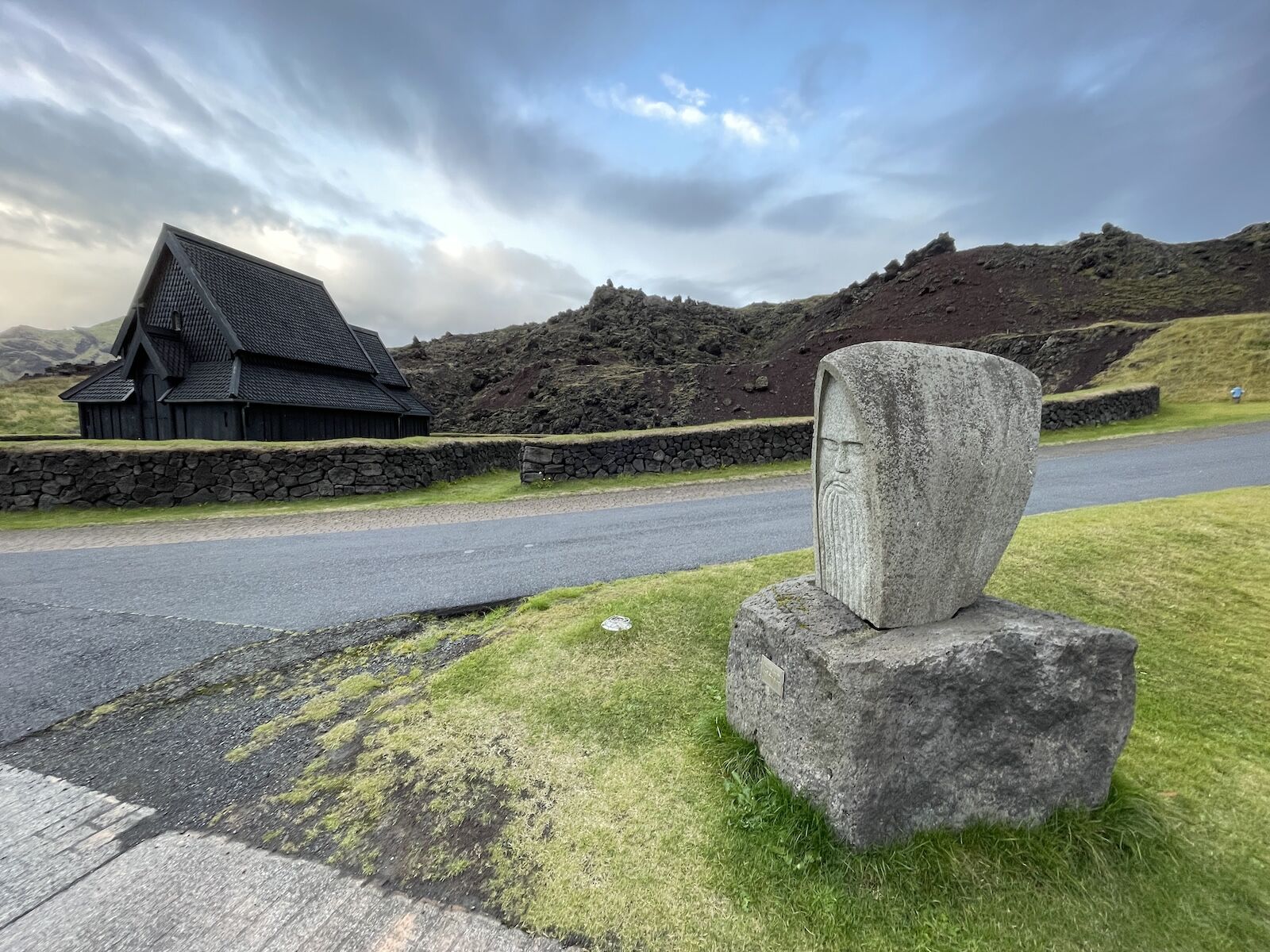
Stave church and sculpture by the cruise port in Heimaey. Photo: Jesse Adams
Heimaey, part of the Vestmannaeyjar archipelago, is famous for three things. First is the 1973 volcanic eruptions that devastated large swathes of the island and got the entire population moved to Reykjavík. Second is the Puffin Patrol initiative that has kids and senior citizens work together to rescue fledgling puffins. Third is the beluga sanctuary that is home to Little White and Little Grey, two whales who have retired from a water park in China to live out their golden years in Iceland. Lucky for me, I got to experience all three first hand in one day in Heimaey.


Heimaey is the only cruise port in which I booked an excursion: the Lava Walk which consisted of an excellent three-hour guided hike from the port all the way to the top of Eldfell volcano. The walk, led by Viking Tours, was all about the 1973 eruption and mixed historical and educational facts with a good workout. Only people with a decent level of fitness should sign up for this tour, and those who do absolutely need to wear hiking boots, as well as warm and waterproof clothing.

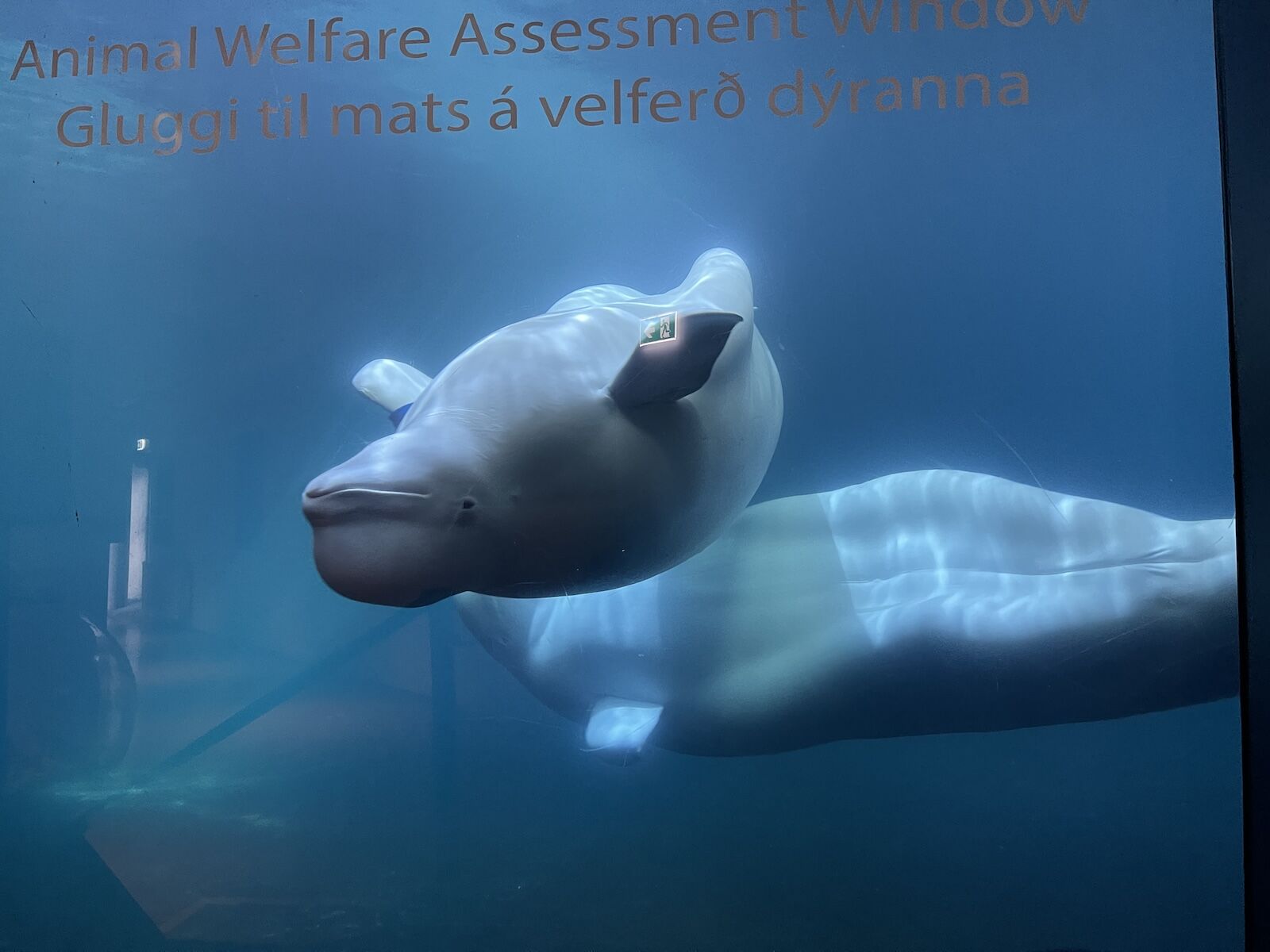
Our Lava Walk guide, Christian, who is involved in the Puffin Patrol, was kind enough to let us take a peek at a puffling that he had rescued before releasing it. Fledgling puffins ready to leave the burrow can get disoriented by the town’s artificial lights and land in town instead of in the ocean. During fledgling season, the Puffin Patrol looks for them at night and rescues the birds the next day. Christian also recommended that we visit the Sea Life Trust, located near the port, where rescued puffins are being taken care of, and it was a highlight of our time in Iceland
The Sea Life Trust is also where the two beluga whales, Little White and Little Grey, were being kept when we were in Iceland. They usually swim freely in their outdoor sanctuary, a large, natural bay, but one of them was a little ill at the time so they were being looked after inside. We spent the best part of one hour looking at these majestic animals playing together in their tank.